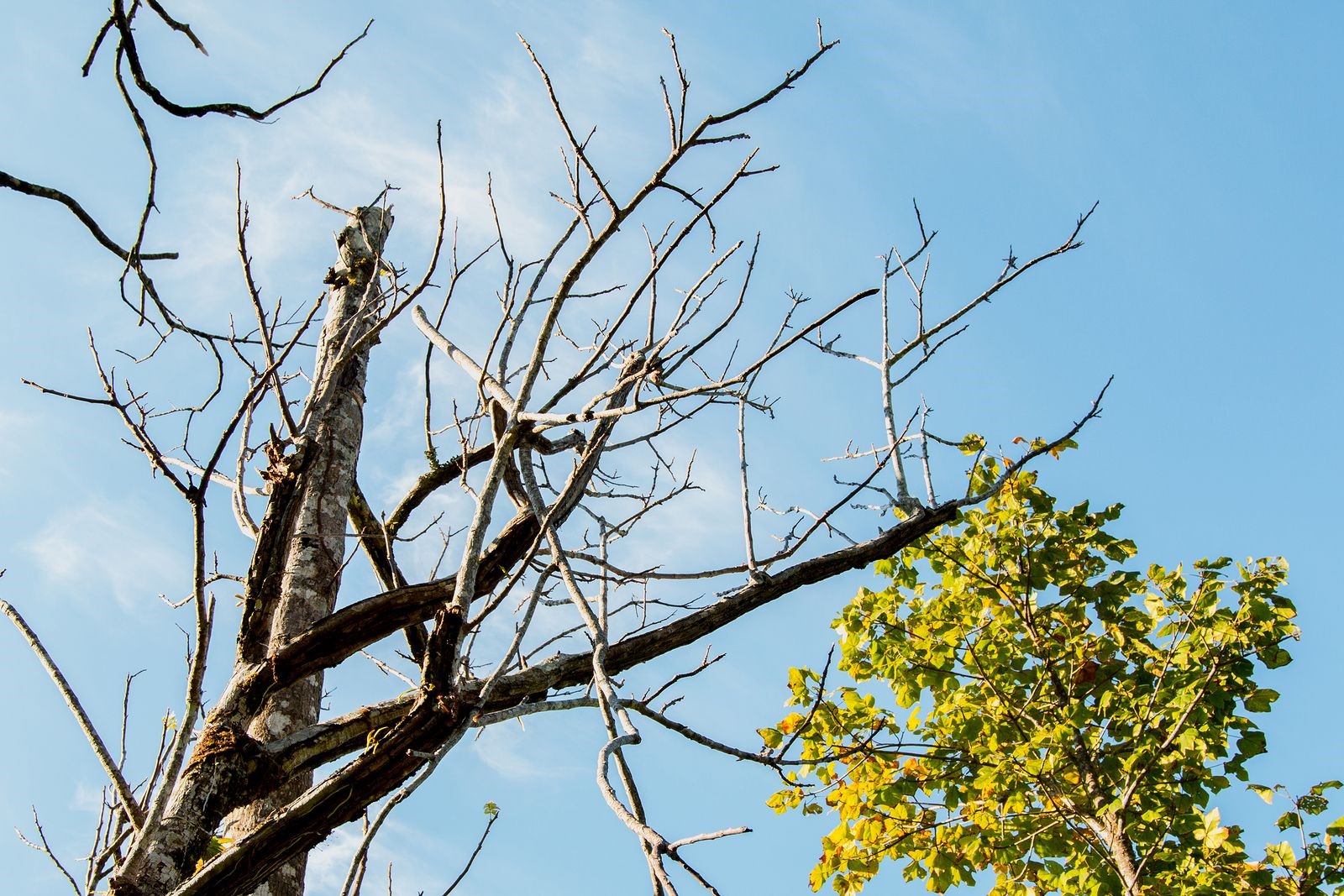It turns out, a falling tree DOES make a sound – or at the very least, sends some very clear signals of distress before it lays flat on the ground. While rotten-looking trees will obviously fall off at any given moment, some fallen trees are so healthy-looking that it is a complete surprise to the homeowner when it does topple down on its own.
As a tree in your front yard can increase your property value as much as 10%, it is quite important to care and be concerned in the total well-being of your trees. It is also important that you understand some of the tell-tale signs that your tree is about to fall down and when to call a professional tree removal service in Marietta to get rid of it completely before it causes a major accident in your yard.

Signs that your tree is in danger of keeling over
Contrary to popular belief, it is not only sick or dying trees that have the high possibility of toppling down on its own. There are many factors that can contribute to falling trees that even the seemingly healthy ones are in danger of becoming firewood should the following symptoms be visible.
The leaning tree
While you might chalk this up as the tree reaching out to where the sun is, a leaning tree can actually be a sign that you might end up screaming, “Timber!” soon enough.
It is true that a small amount of leaning is considered normal. If the leaning tree is caught early in its growth, it can still be fixed with regular pruning and trimming. Call a professional service to do some serious tree care as they know how to keep your tree balanced and which branches are the correct ones to trim.
However, if the tree continues to stay that way to the point that it already resembles the Leaning Tower of Pisa, then it is time to call a tree removal team as it will fall down eventually anyway. The usual cause for a leaning tree is poor weight distribution and severe root damage. Aside from the excessive leaning, you can also see signs of cracked soil and surfacing, exposed roots – like the tree is trying to uproot itself from where it is planted.
Multiple trunks
It may bring better shade to have multiple trunks in one tree, but it is also highly unstable and can fall any time a strong wind or storm blows. The particularly dangerous ones are those that have a pyramidal and umbrella-shaped branches. The best example of an unwanted multiple trunk tree species is the Bradford pear. It may look pretty but you have to steer clear especially during hurricanes and stormy season.
Again, it can be saved by hiring a professional to do proper tree care and stabilize the whole thing. However, this may cost a lot more than just simply removing the tree and planting another that is easier to maintain.
Trees that show ‘construction stress’
Like any other living being, trees are also capable of showing signs of stress brought upon by a new environment (i.e. new driveway or pavement). A nearby construction can cause damage to the tree’s roots, which can then serve as a gateway for fungi and other sources of tree infection. The symptoms such as thinning of foliage, damaged bark, unusual leaf color, and presence of wood conchs are likely to show a year after the original source of stress has been applied to the tree.
Professional care can still save your trees from an ultimate removal. You should, however, consider the costs of maintaining a problem tree versus hiring the same professionals to remove it so that you can replace it with something else.
Sources
How to Recognize – and Prevent – Hazard Trees, TreeCityBulletin.fed.us
With Booms and Creaks, a Tree Warns, Often Too Late, NewYorkTimes.com




